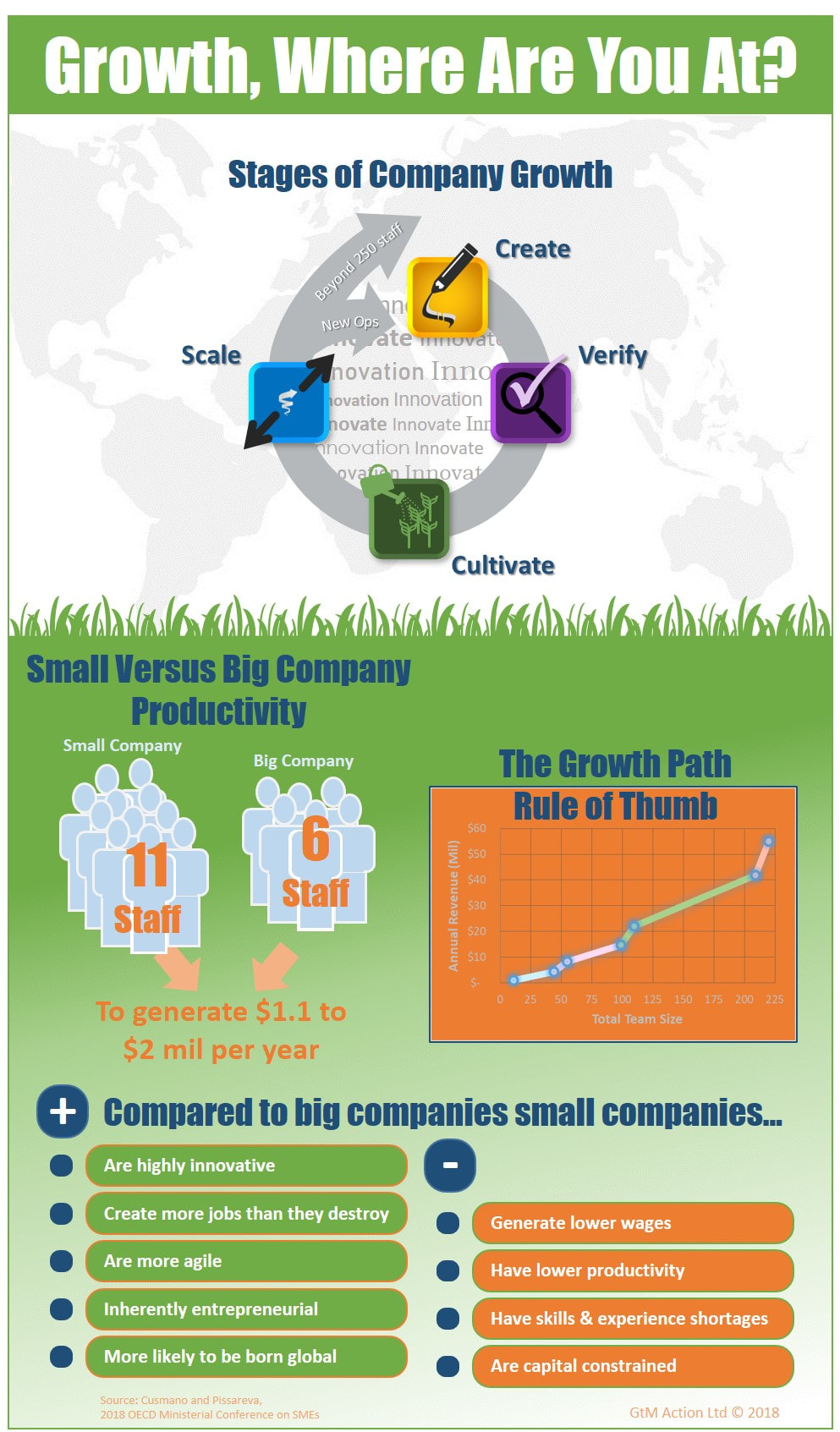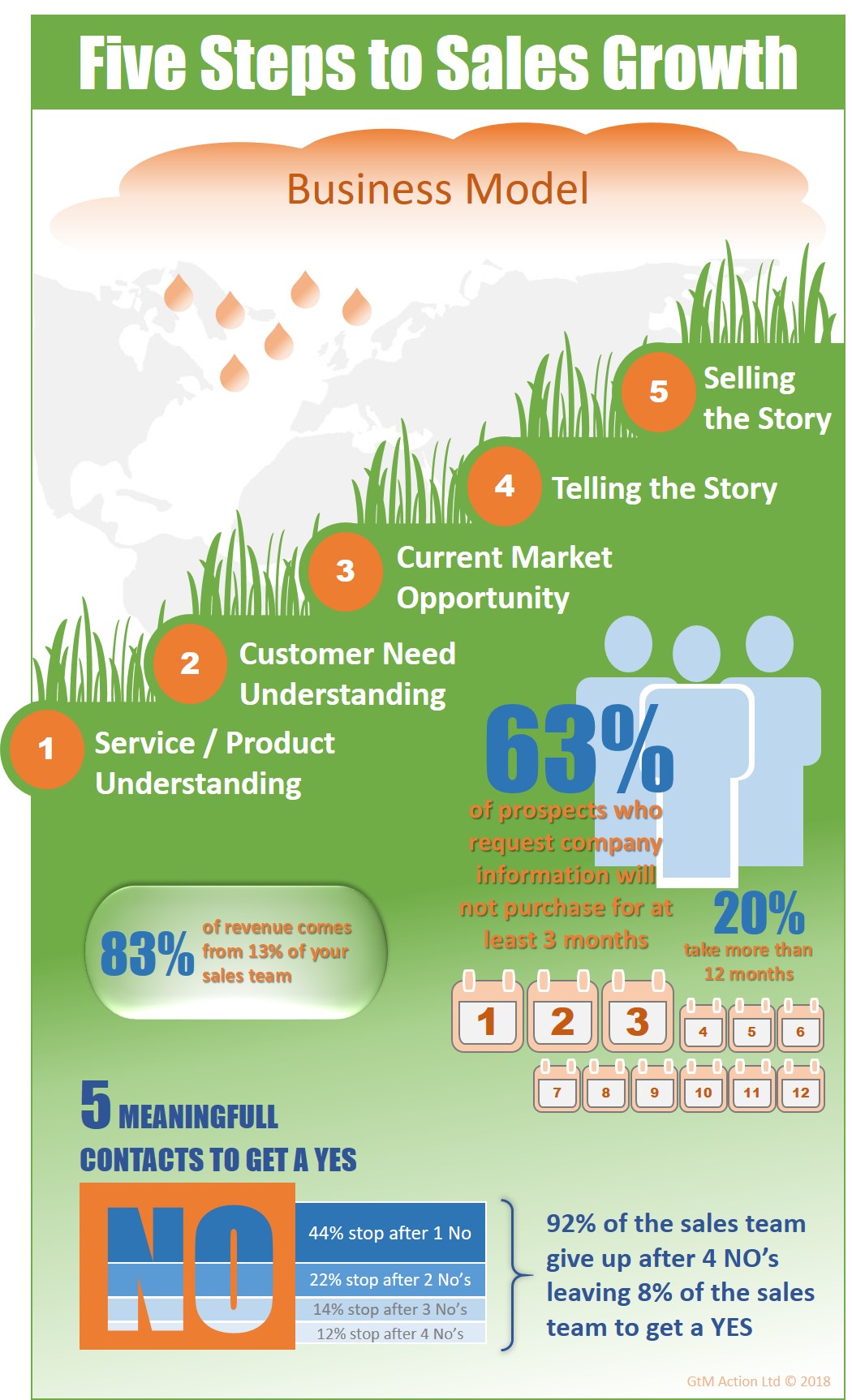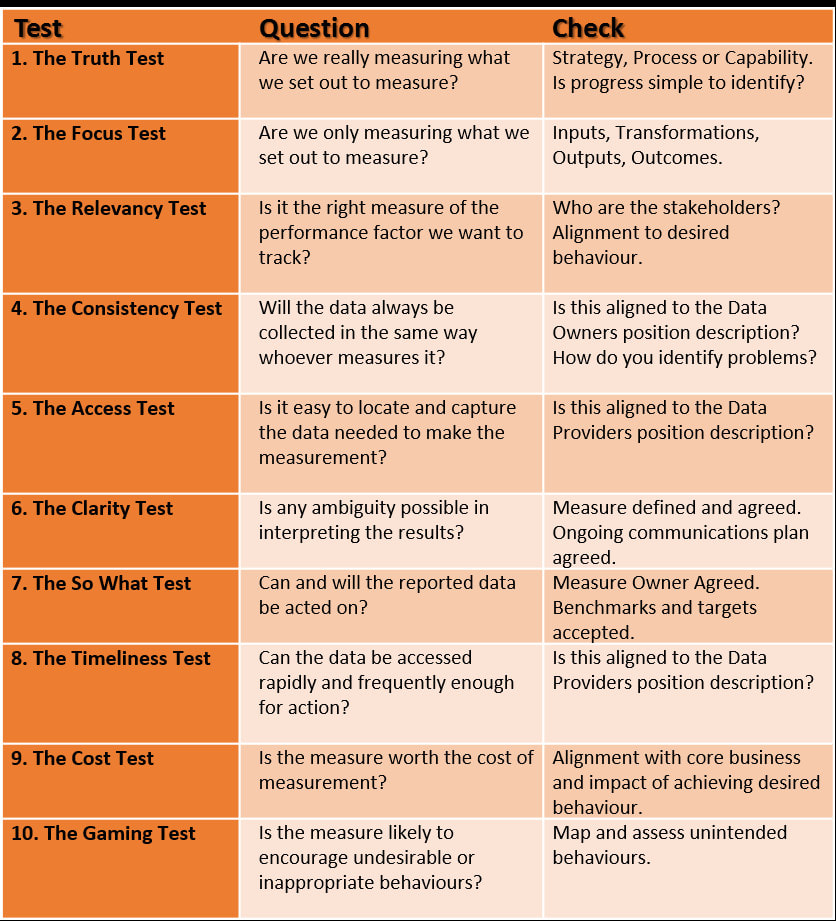|
Throughout 2021/22 New Zealand trials of what is said to be the world’s most promising material, graphene, took place using local materials. GtM Ltd has been working with NZ companies to understand how graphene interacts with local aggregates and whether the strength advantages that have been proven in the lab can be replicated in less controlled, industrial scale scenarios.
Use our contact page to request the full paper and associated data that we created to explain our work. This compressive strength graph below shows a summary of 6 results from the control and graphene enhanced mixes. Graphene dosing and mix design were the same as the tensile tests. The test method may have had very small variations in size/weight of blocks (+/- 3%). As you can see there is a material difference between the compressive strength of Graphene Enhanced to Control samples (263% better than Control). Like the tensile results the Graphene Enhanced samples also seem to be showing greater variation between tests.
0 Comments
Continuing on from previous post the following brief descriptions set out what each of these growth stages looks like. Create Stage: Take an idea and experiment. Get feedback, lots of feedback from lots of people and make adjustments. Are you sure there is a problem that needs solving? Understand deeply who needs to solve it and why. What options are there to solve the problem and which ones are you best placed to offer? Do sufficient numbers of the people with the problem value your solution over alternatives enough to pay you for it? Test how they would pay you, how much and how often. Decide on a creation (product and/or service offering) that you are ready to verify in a chosen market. Verify Stage: Prove you have a sustainable business (the business model). Do you know how to attract the right talent to help you today? What actions are needed to provide an ongoing stream of paying customers? Secure paying customers; the innovators and early adopters you need to help prove your idea. Do you see a point in the future where your returns will exceed your costs and what options do you have to bridge the gap between now and then? Do you have a workable plan that differentiates you from current competitors and do you understand what future competitors will do in your market? What are the most important measures you’ll track over the next 12 months? Execute your plans, monitor and adapt.  Cultivate Stage: The things you did yesterday gave you knowledge but are unlikely to be what you’ll do tomorrow to ensure growth. Your creativity now needs a level of order to enable it to move from proof of concept into growth mode. This order and coveted repeatability needs process structure to turn inputs of labour/time and materials/code into quality, desirable outputs. These processes need to be coordinated and aligned to well-articulated goals by teams. Teams and the individuals that make them up need to be accountable to each other as hierarchy in growth companies is kept to a minimum. However teams need to be supported by passionate leadership that have an intimate understanding of where the company is going. This leadership communicates regularly about what success looks like to maintain excitement about the future. Phases of revolution and evolution will be triggered by growth in revenue and consequential growth in team numbers. For example increasing leadership, likely to be a disruptive revolution for a creative team, will provide direction but limit autonomy, autonomy can be improved by delegation but this limits central control which in turn can be resolved by more coordination. These phases are natural as an organisation grows, anticipating them, making decisions about what you will and won’t do and the actions you take will determine your path to growth. Growth by definition consumes cash, the more ambitious the plan the higher the need for cash. Track its use, forecast future needs and verify every decision needed to spend it for a tangible goal-achieving return. Good cost management often just needs an innovative approach to acquire what is needed at a lower price, ingenuity is the key. Scale Stage: Time to pick up the pace and get serious but you are already feeling the stretch that your growth to date has created. To execute scaling up successfully, focused steps are now needed. Every movement forward builds on the last with a relentless quest to push the organisation forward toward the achievement of the next big goal. This change can impact culture and unsettle people as their roles begin to narrow and the reasons they joined the journey look to be disappearing (See Steve Blank’s excellent post on founding employees feelings of loss). It’s critical that every stakeholder understands what the big goal is. This means framing the narrative for each audience; internal teams, customers, partners and even positioning this for your competitors. Each next step needs to be intimately understood internally with it being the focus of the next 90 to 180 days of effort and measures while still remaining focused on the big goal the company is shooting for. There will still be many things that need fixing but each of the steps you decide to take must matter to customers and build on your position and resilience in your chosen market. For larger companies that have already achieved scale the next stage could be to evolve using a blend of these four stages to support their ongoing attempts to move beyond surviving to a continuous state of thriving. What do you think, where are you at, and what do you recognise in these four stages from your own growth journey?Stay tuned for my next blog if you are interested to read about some of the models and tools that will help you navigate through these stages.
Stages of SME Company Growth– How do you know where you are and what’s coming next. Small and medium size companies (<250 staff) in high growth mode that are scaling at speed are exciting, fun and very rewarding places to be. They provide amazing opportunities to learn rapidly and offer individuals a chance to change the world. In my time working closely with companies aiming for high growth I have observed four stages that all these companies seem to move through; a Create Stage, Verify Stage, Cultivate Stage and a Scale Stage. When experiencing high growth, companies need to learn how to survive the turmoil that comes from the transition between these stages and the inevitable revolutionary and subsequent evolutionary circumstances high growth subjects them to. Understanding where you have come from helps to identify the most pressing questions that must be answered to take you through the next phase of growth. Questions such as; what leadership skills do we now need, do we establish more rigorous processes, do we change our financing approach, does the next growth phase demand revolution or evolution, what’s new that we need to communicate and to whom, what lead indicators are we to measure, is revenue the target or margin, do we need to re-communicate our purpose to our teams, do we invest in expanding our teams skill sets now, what incentives do we need for internal and external stakeholders, do we change our structure to support our strategic plans, etc. The answers to these questions will form the basis of your transformation plans. Executing answers to the right questions ensures success. Executing answers to the wrong questions is a wasted opportunity. Approximately 60% of all paid employees in OECD countries are employed by small and medium sized organisations. For companies wanting to grow, the benefits to their community and the wider economy is obvious with increases in productivity, average wage per employee, education, tax take and capital availability.
The very first step towards this growth is understanding where you are. In my second post the Create Stage, Verify Stage, Cultivate Stage and Scale Stage stages will be described to help you decide where you are now and what your next big growth step is likely to be. Step 5. It's Time to Start SellingThe previous four steps would have helped you take stock of what you have in your sales tool bag and you will now be ready for Step 5 of the Five Steps to Sales Growth. The points outlined below won’t tell you how to sell your specific products and services however they will strengthen your sales approach, remove ambiguity from the sales process and help you successfully lead your sales team.
STEP 5: Selling the Story
Once you understand your selling type you can then consider the specific skills needed: hunters, developers, educators, closers or farmers.
If you have managed to stay with me over the past five or so posts you hopefully will have taken on a few ideas about how to address your own issues within each of the Five Steps to Sales Growth. Drop me a line if you’d like to discuss any of these steps in more detail or if you think you could benefit from an objective outside opinion on your current sales strategies. Foot note on process feedback loops as learning opportunities:Learning Loops –A major Loop from Step five back to Step One exists that can generate product/service improvements which marketing, R&D and manufacturing can lead. There are also minor loops that provide learning opportunities from each step back one.Selling Loop – from Step Five back to Step Two to generate repeat sales and referral business. Step 4. How Are You Telling Your Story?Now we are getting to the sharp end of the Five Steps to Sales Growth where you design and execute your one-to-many market communications. If you have taken the opportunity to work through Steps One and Two and then Step Three, you will find you have all the material you need for Step 4: Telling the Story.
STEP 4: Telling the Story
Step 3. How Big is Your Market Opportunity?My last post focused on understanding how relevant your products are to your customers (Step 1 & 2), Step 3 below is about sizing your target market and quantifying what the current opportunity is. These are the key questions you need to consider as you work through sizing your opportunity.
Like Step 1 and 2 you’ll get more out of this step if you can get your sales, marketing and product teams working through these issues together. As a reminder all the Five Steps to Sales Growth are summarized here. STEP 3: Current Market Opportunity
The level of quantification each business needs to size its target market will vary considerably depending on your sponsor’s and stakeholder’s requirements. In most cases I have found market sizing is a combination of facts, hypothesis and assumptions. Get comfortable with the level of ambiguity you will accept and move forward. What are some of the challenges you have experienced in sizing your target markets, does any of the above sound familiar? In my next post I’ll provide more examples and thoughts to help you tell your story – Step 4: How Are You Telling Your Story?. STEP 1: Product Understanding / STEP 2: Customer UnderstandingFollowing on from my first summary post on the Five Steps to Sales Growth below are key questions, examples and thoughts to help you tackle Step 1 and Step 2. Ideally you will want your sales, marketing and product teams working through these issues together.
STEP 1: Service / Product Understanding
Note: These points assume you already have customers using your product/service. If not and you are still defining what you will offer you should swap Step 1 and Step 2 around. STEP 2: Customer Need Understanding
These are just a slice of the issues you may need to address for each step. Feel free to add comments from your own experience within your markets, products and services. In my next post I’ll provide more examples and thoughts to help you address the challenges of assessing your market size in Step 3: How Big is Your Market Opportunity? WE NEED MORE SALES – 5 STEPS TO SALES GROWTHOver the past 17 years I have consulted to, managed and coached dozens of businesses from multinationals to early stage start-ups. "We need more sales" is often what I hear and at the core of the many answers to this question are the following five steps to sales growth. At times only one of these steps is top of the business agenda and that’s ok as long as it is in context with the other four. The biggest failures, however, occur when improving just one of these steps is considered as the full sales strategy and therefore relied upon to deliver sales growth. To build and maintain healthy sales, each step must be considered as being interdependent.
Businesses often find that they are in a continuous evolutionary state with respect to almost every step listed. I can’t stress enough the importance of acknowledging each step as a fundamental component of the full sales strategy. Taking the time to audit where you are at with each of these steps is a far better investment than reacting to underperforming sales results by firing, hiring or changing incentive plans for your sales teams. In this age of new digital sales techniques, tricks and skills being touted as the next best thing it has never been more important than now to develop a considered and holistic sales approach. In my upcoming posts I hope to help your understanding of these issues by drilling down on each of the five steps with practical clues and share examples on how to execute for your business. Details for each of these steps can now be found at the following links; Step 1 and Step 2, Step 3, Step 4 and Step 5 here A checkpoint on your current organisational measures. I have adapted this from Performance Prism by Andy Neely, Chris Adams and Mike Kennerley, recommended reading on the subject of developing organisational measures. Run these checks across your measures and feel free to message me with comments.
|
Mike OgleHas a passion for business success with values-based stakeholder relationship management always at the core. Archives
October 2022
|
|
Phone: +64 21 747 426 |







 RSS Feed
RSS Feed


